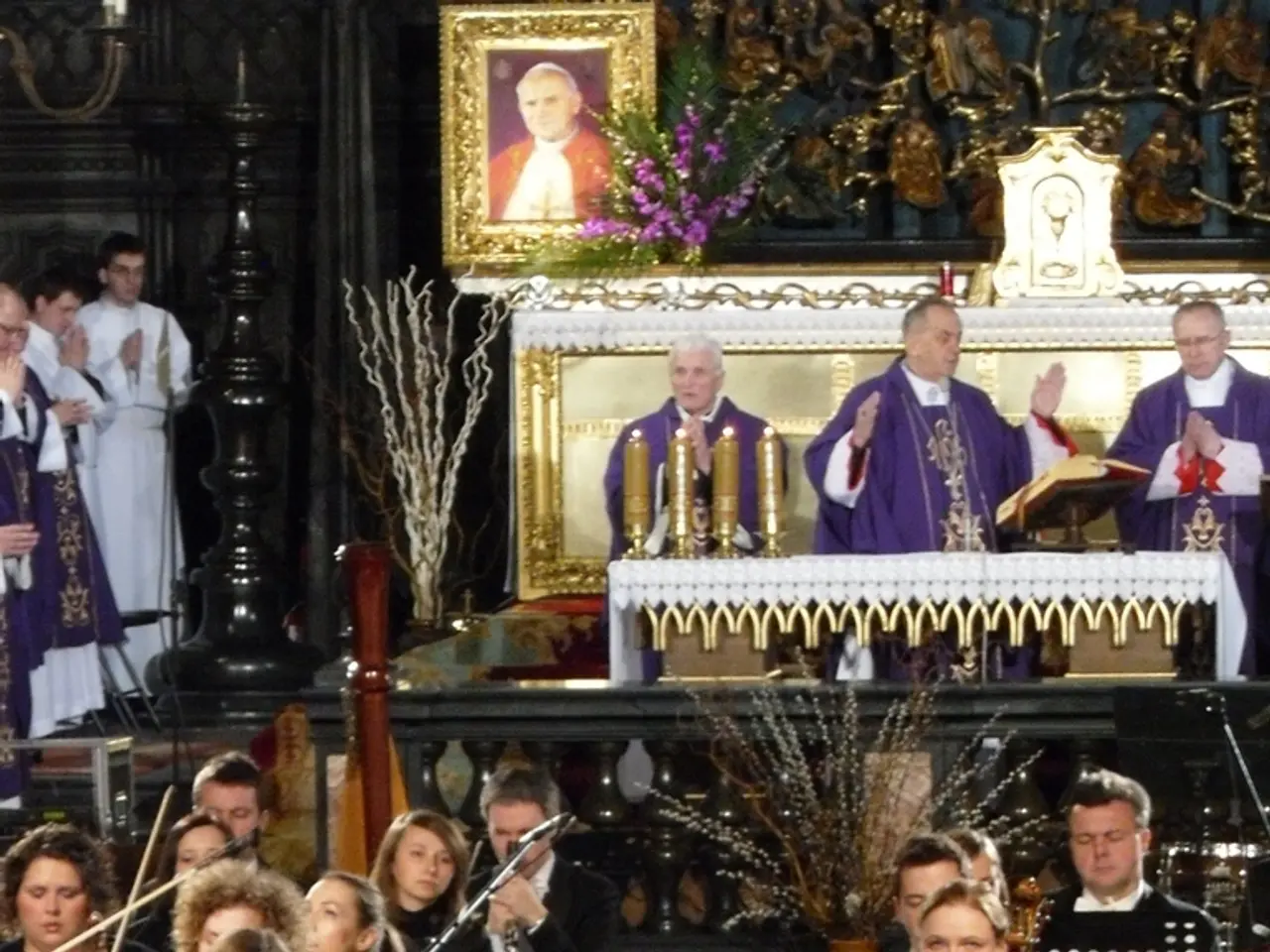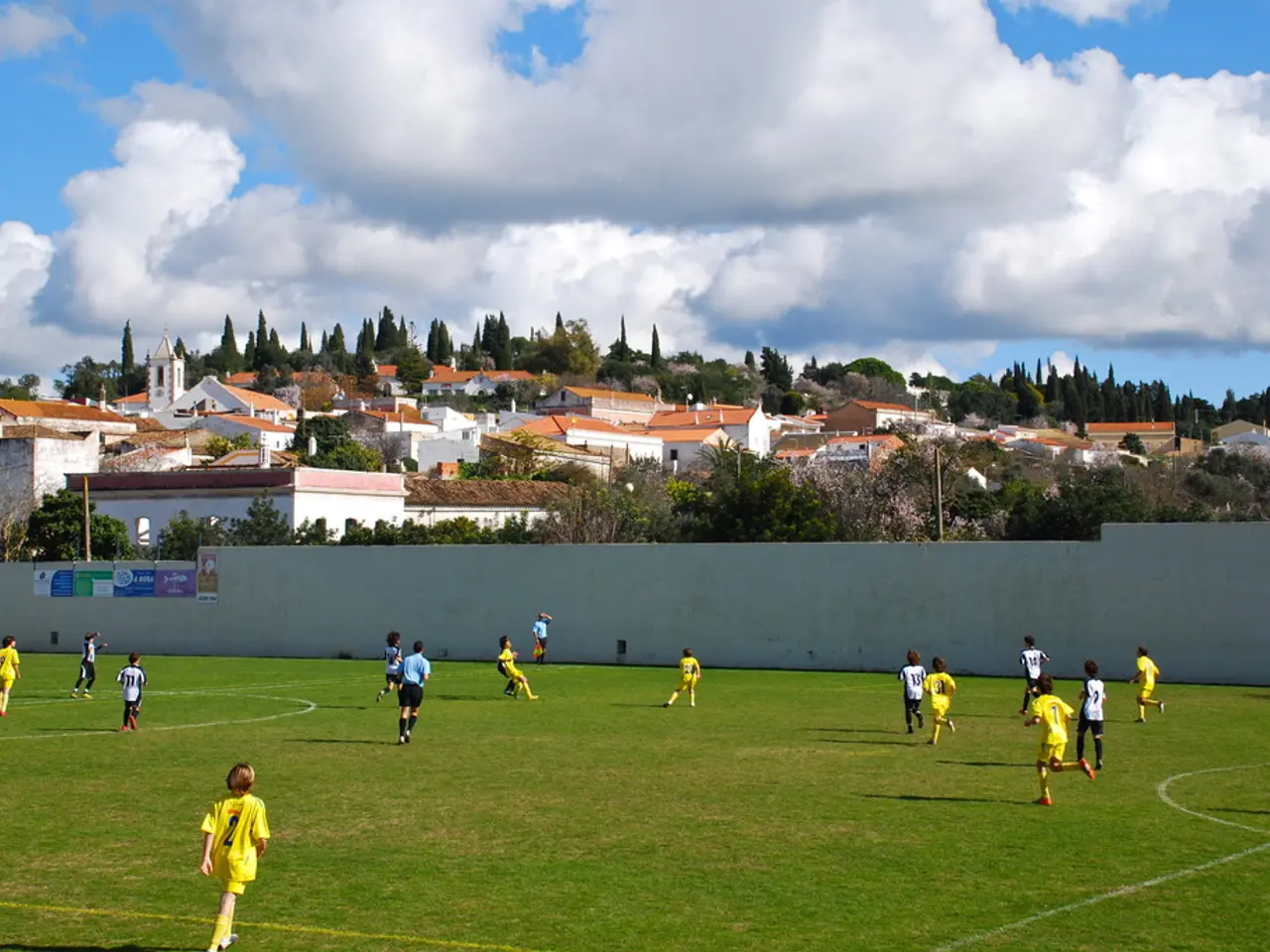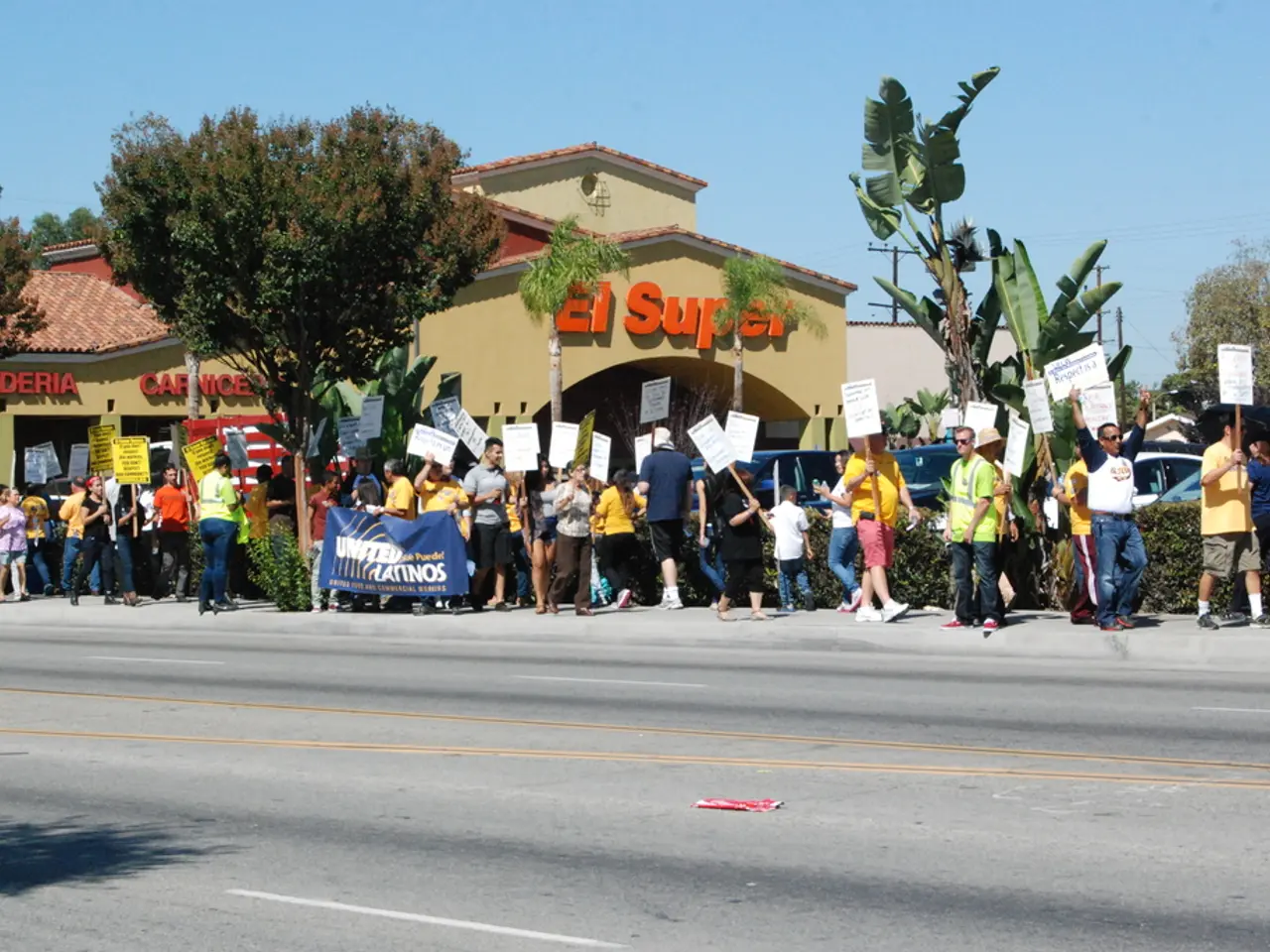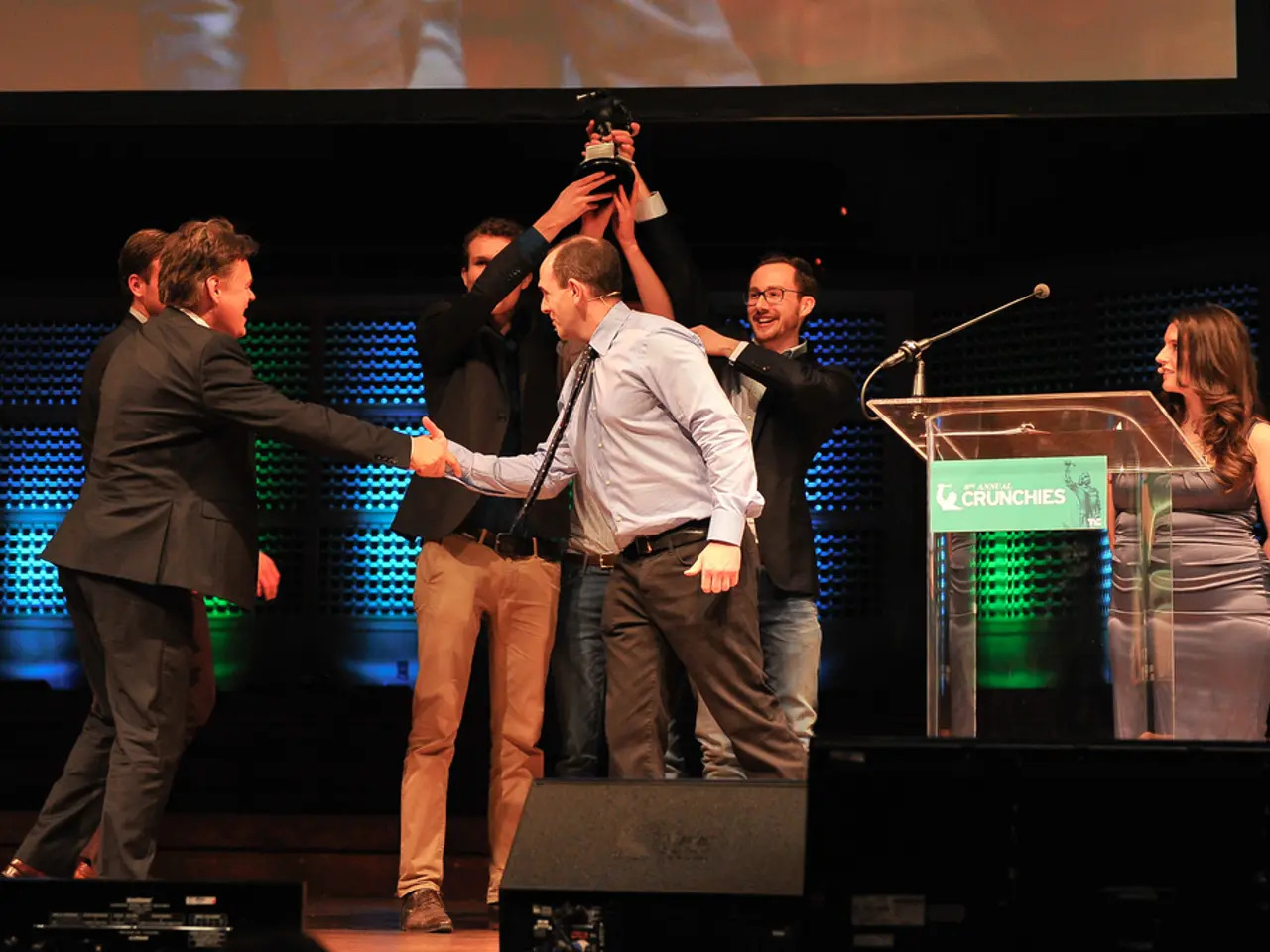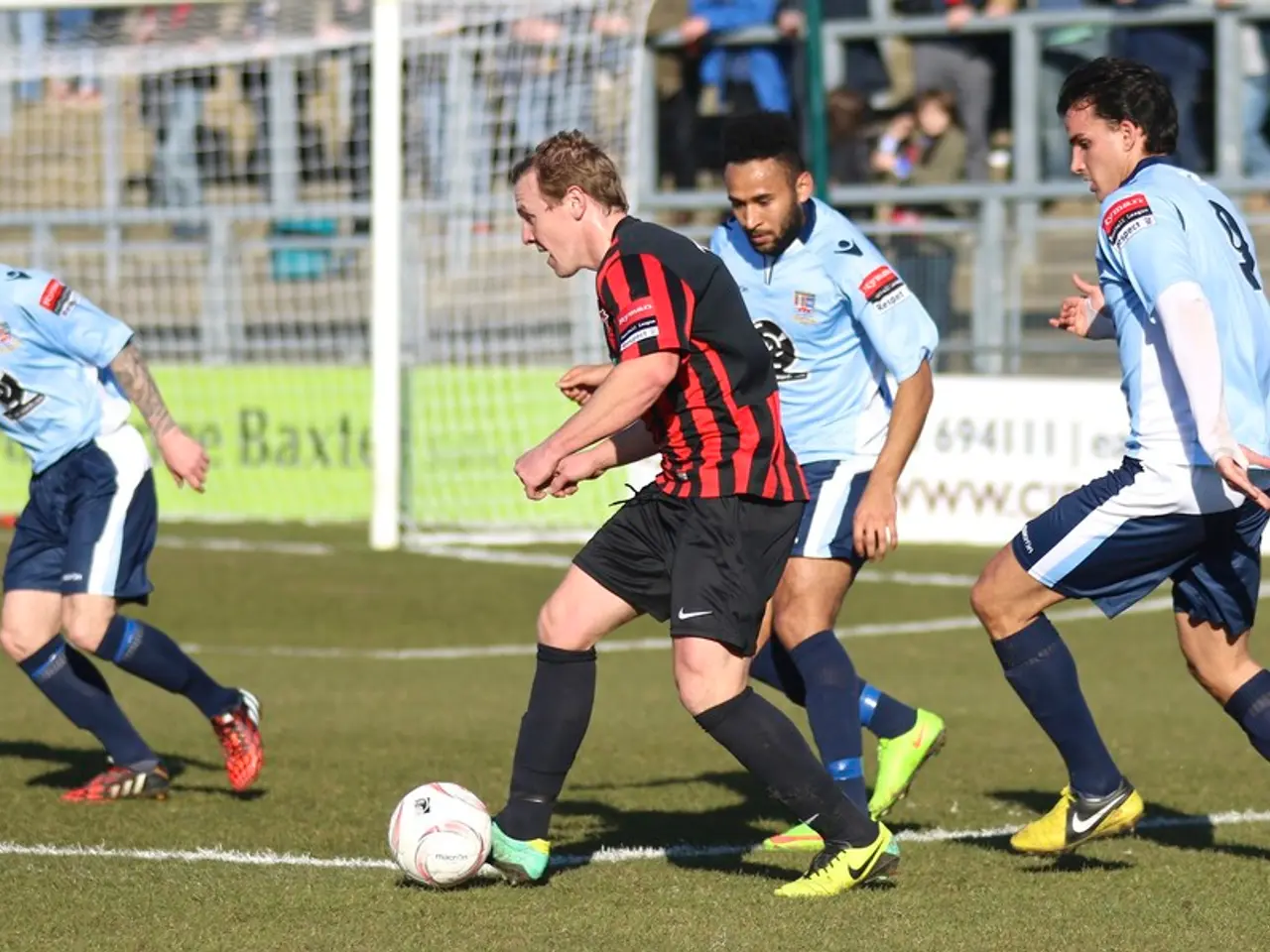The Kwartin Project's Sixth Installment: Mayn Lebn (Alternative Title: The Kwartin Project - Chapter 6: My Life)
In the complex tapestry of Jewish-Orthodox relations in late Imperial Russia, a fascinating yet unexplored area remains shrouded in mystery: the role of Orthodox Christians as patrons of cantorial music. This intriguing aspect, which could offer valuable insights into the sounds and textures of the music of the "golden age" gramophone era cantors, appears to be understudied or absent in mainstream historical literature.
The Pale of Settlement, a region designated for Jewish residence within the Russian Empire, was home to dense Jewish populations. Historically, Jewish communal life, including cantorial music, developed largely within Jewish communities themselves. While there were interactions between local Christians and Jews, direct evidence of Orthodox Christians acting as significant patrons of cantorial music during this period is scarce in readily available historical sources.
This scarcity of information is particularly evident when examining the role of Jewish patronage and community support for cantorial music in synagogues. Research on Jewish communal life in the Pale, such as records of synagogues, cantors, and local Jewish authorities, highlights this trend but fails to mention Orthodox Christian patrons in this musical or religious-cultural domain.
However, the story of Zawel Kwartin, a Jewish boy in late Imperial Russia, offers a compelling anecdote that hints at this unexplored role. Kwartin's life was marked by a significant moment at a celebration honouring a priest who had saved Jews from a pogrom. Moved by Kwartin's performance, the new Archbishop awarded him three rubles, a substantial sum at the time. This event, half a year after the pogrom, served as a poignant reminder of the interplay of violence and tolerant cohabitation in Jewish relations with non-Jews during this period.
Kwartin's first public performance came at this celebration, attended by a large number of clergy, archbishops, and special emissaries from the Holy Synod in Petersburg. The choir sang various compositions, including the Russian national anthem and two solos for Kwartin. This performance, set against the backdrop of a region marked by both racial persecution and cultural integration, provides a fascinating glimpse into the potential role of Orthodox Christians as patrons of cantorial music.
The exploration of this unexplored role may require specialized archival research or investigation into cross-cultural interactions in local communities. It may also necessitate examining broader cultural patronage patterns, such as Orthodox Christian support for Jewish arts more broadly or informal inter-community influences not recorded in official documents.
As we delve deeper into this fascinating period of history, the story of Zawel Kwartin serves as a beacon, illuminating the potential for unexpected discoveries and a richer understanding of the complex relationships between Jewish and Orthodox communities in late Imperial Russia.
In the context of Jewish-Orthodox relations during late Imperial Russia, the entertainment sector presented an intriguing aspect that remains understudied, such as the potential patronage of Orthodox Christians towards Jewish cantorial music. This point is further underscored by the story of Zawel Kwartin, whose first public performance was attended by numerous clergy and archbishops, suggesting a possible avenue for Orthodox Christian patronage of Jewish music.
